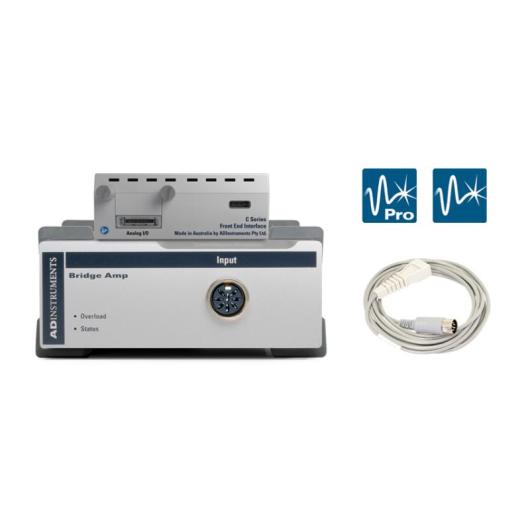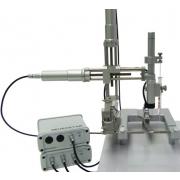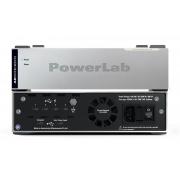
Mikro-Tip BP Foundation System
The Mikro-Tip BP Foundation System is suitable for measuring blood pressure in small (e.g., mice) through to large animals (e.g., sheep). This Mikro-tip system provides compatibility with a wide range of Mikro-Tip pressure catheters (purchased separately), which allow the user to place the sensor in an artery or the heart to measure blood pressures directly. Combined with a PowerLab 8/35, Bridge Amp and catheter interface cables, the LabChart and LabChart Pro Module software included in this system provides all the essential tools for measuring and analyzing blood pressure and determining cardiac function.
System components:
- PowerLab 8/35
- LabChart Pro software
- Bridge Amp
- AEC-10D Catheter Interface Cable (Low Profile to DIN 8, 10 ft)
Mikro-Tip Pressure Catheters are purchased separately. The Pressure Gauge Kit is also available (purchased separately), which provides the necessary items to calibrate pressure transducers.
The 8-channel PowerLab 8/35 data acquisition system provides the ability to not only record blood pressure but also to simultaneously record other physiological parameters such as temperature and ECG with the appropriate Signal Conditioners and Transducers. The LabChart software along with the Blood Pressure Module provides the power to extract data and analyze blood pressure to determine systolic, diastolic and mean arterial pressure along with measuring cardiac function by calculating dP/dt.
The Mikro-Tip Pressure Catheter advantage:
- Very little set-up and maintenance required – no fluid-filled catheters to prepare or maintain during experimentation.
- High frequency response – accurately detects and represents signals of varying frequencies without loss of data information.
- Signal integrity – the true waveform is represented with no distortion at high signal frequencies.
- No signal artifacts – no dampening of signals due to air bubbles, or blockages in the catheter.
- Sensor positioned at the tip – detection of signal at the signal source.






